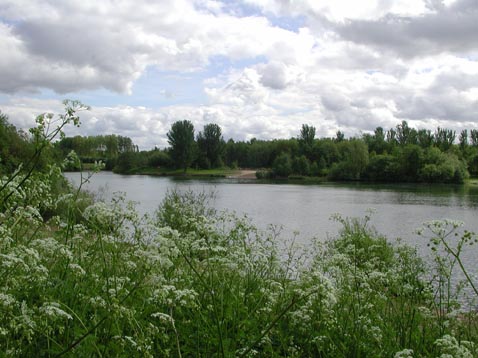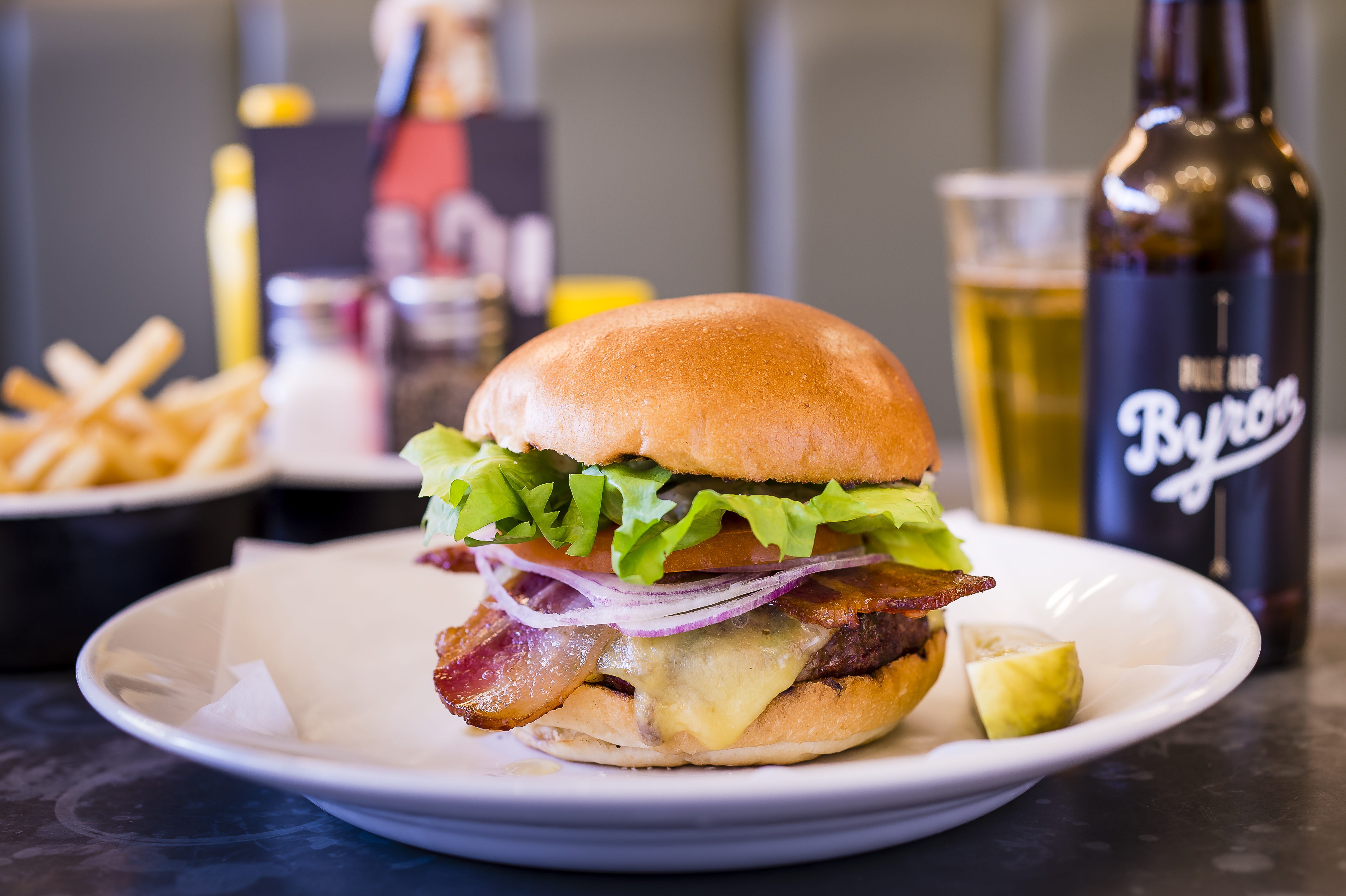Forget BBQs, the true art of eating outdoors is sticking your hand in a nettle bush and eating what you pull out.
My introduction to nettles was courtesy of Cracking Good Food, a Manchester-based cookery school and social enterprise which opened in 2010 to promote cooking from scratch, both sustainably and seasonally. It has since been awarded top slot in Visit Manchester‘s assessment of the city’s cookery schools.
Set up to teach people to cook via paid-for classes and a community outreach programme (funding for the first two years came from a local food fund), Cracking Good Food is a great idea: from classroom cookery classes to bespoke cookery events such as team building exercises, it was definitely something I wanted to experience. And I knew exactly where to start.
I booked myself on a wild food foraging course entitled Herbal Highs. Not long afterwards, I found myself standing in the car park at Chorlton Water Park with 12 other foragers and Jesper, our leader for the day, all the while wondering how much could we possibly find in a park so close to a housing estate. After a quick introduction and a few instructions, into the park we went.
 We stopped no less than 10 feet into the walk and already Jesper’s excitement was palpable. Without hesitation, he reached towards some nettles and pulled the top six or seven inches off a stem. Although the nettle was past its best (apparently they are better earlier in the year before they flower), he ploughed on, telling us to crush the stem before it could sting. Heartened by the fact that the sting is worse when the nettle is tastier, we followed Jesper’s instruction to roll the buds in our fingers to crush the stingers before eating them. Quite unexpectedly, we discovered a nutty flavour. Jesper’s enthusiasm was infectious but he couldn’t persuade everyone to have a go: myself and a few other foragers attempted to follow his example. I didn’t get stung but I don’t mind admitting that I was very nervous.
We stopped no less than 10 feet into the walk and already Jesper’s excitement was palpable. Without hesitation, he reached towards some nettles and pulled the top six or seven inches off a stem. Although the nettle was past its best (apparently they are better earlier in the year before they flower), he ploughed on, telling us to crush the stem before it could sting. Heartened by the fact that the sting is worse when the nettle is tastier, we followed Jesper’s instruction to roll the buds in our fingers to crush the stingers before eating them. Quite unexpectedly, we discovered a nutty flavour. Jesper’s enthusiasm was infectious but he couldn’t persuade everyone to have a go: myself and a few other foragers attempted to follow his example. I didn’t get stung but I don’t mind admitting that I was very nervous.
Turning away from the nettles, Jesper was quick to point out blackthorn, the fruit of which is used to make sloe gin. Next to that were wild cherries which, once black, are edible but very bitter. I’ve heard they make a nice wine. I liked the bitter taste and helped myself to a few before catching the group up.
Next up were hawthorns, introduced to us as a boring fruit but with a multitude of uses: they make a great ketchup apparently and you can turn them into a syrup for ice cream or even make a fruit leather (basically a fruit sheet that you slice into strips).
Moving around the park we found ribwort plantain, one of the most common causes of hayfever. But if you make a tea from the leaves you get the cure as well. Not only that, you can also make a cough syrup from it and, once the seeds dry after flowering, ribwort becomes a good source of carbohydrates.
I look around and see that I’m less than 100 metres from my car. I can’t believe how much we’re finding – next on the list was garlic mustard, a member of the cress family. The seeds are easy to harvest once the pods are dried out. After a failed attempt to get our hands on elderflower ( the ones we wanted were too high up), we moved on and found water mint: crossed with spearmint it becomes a parent of peppermint.
 Next up was sentory, a bitter plant that helps digestion. At least, I think that’s what it was called. By this point I was struggling to keep up with taking notes, tasting, picture-taking and asking questions so I decided to put the notebook away and enjoy the rest of the walk. We discovered wild horseradish – absolutely delicious, a planted fruit patch of gooseberries, red currants and apples that you could help yourself to.
Next up was sentory, a bitter plant that helps digestion. At least, I think that’s what it was called. By this point I was struggling to keep up with taking notes, tasting, picture-taking and asking questions so I decided to put the notebook away and enjoy the rest of the walk. We discovered wild horseradish – absolutely delicious, a planted fruit patch of gooseberries, red currants and apples that you could help yourself to.
Unfortunately we didn’t find much to cook at the end of our endeavours. Jesper was hoping to get the elderberries, but we did have some leaves called ‘comfy’ and so a simple batter was made and the leaves served savoury and sweet. Man, it was delicious. Although the savoury ones needed salt, the sweet ones drizzled with honey were really tasty. A sparkling elderflower wine was then doled out. I couldn’t think of a better way to end the walk.
If I’ve whetted your appetite, the next course up is Berry Good on September 7. If I can find time, I’ll certainly be going on this too. If the cookery courses at Cracking Good Food are as good as the foraging, I would suggest you book now.
CHEF TONY SAYS: Five out of five for this foraging course, although I would have liked a leaflet detailing what to expect, with pictures and uses, in order to spare my writing hand.
Next week: Chef Tony shares his recipe for home-grown fire roasted sweet red pepper and tomato pasta
PROPER FOOD FOR PROPER APPETITES
Each week, discover recipes to nourish the soul, all compiled and concocted by Chef Tony, a gastronome with 15 years’ of experience cooking across the North West. Chef Tony has worked in some of the region’s best kitchens, including the award-winning Nutters in Rochdale and The Lowry at Salford Quays.











